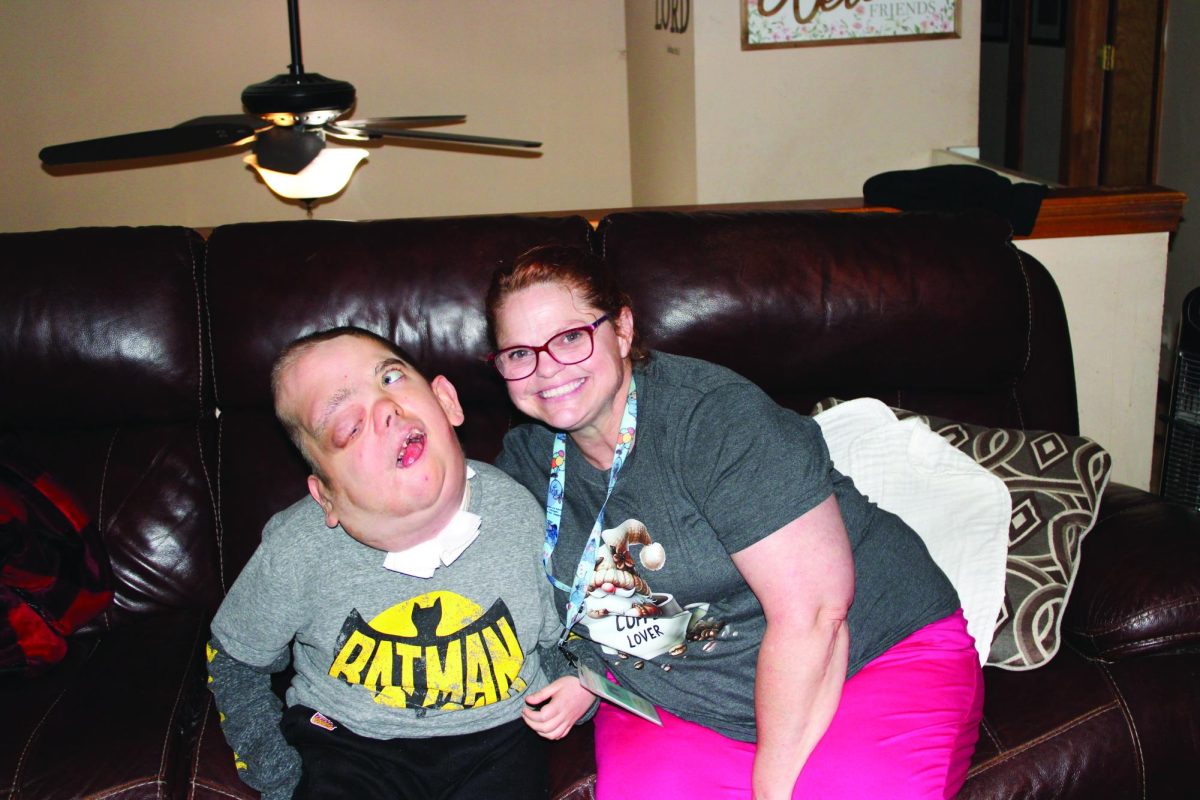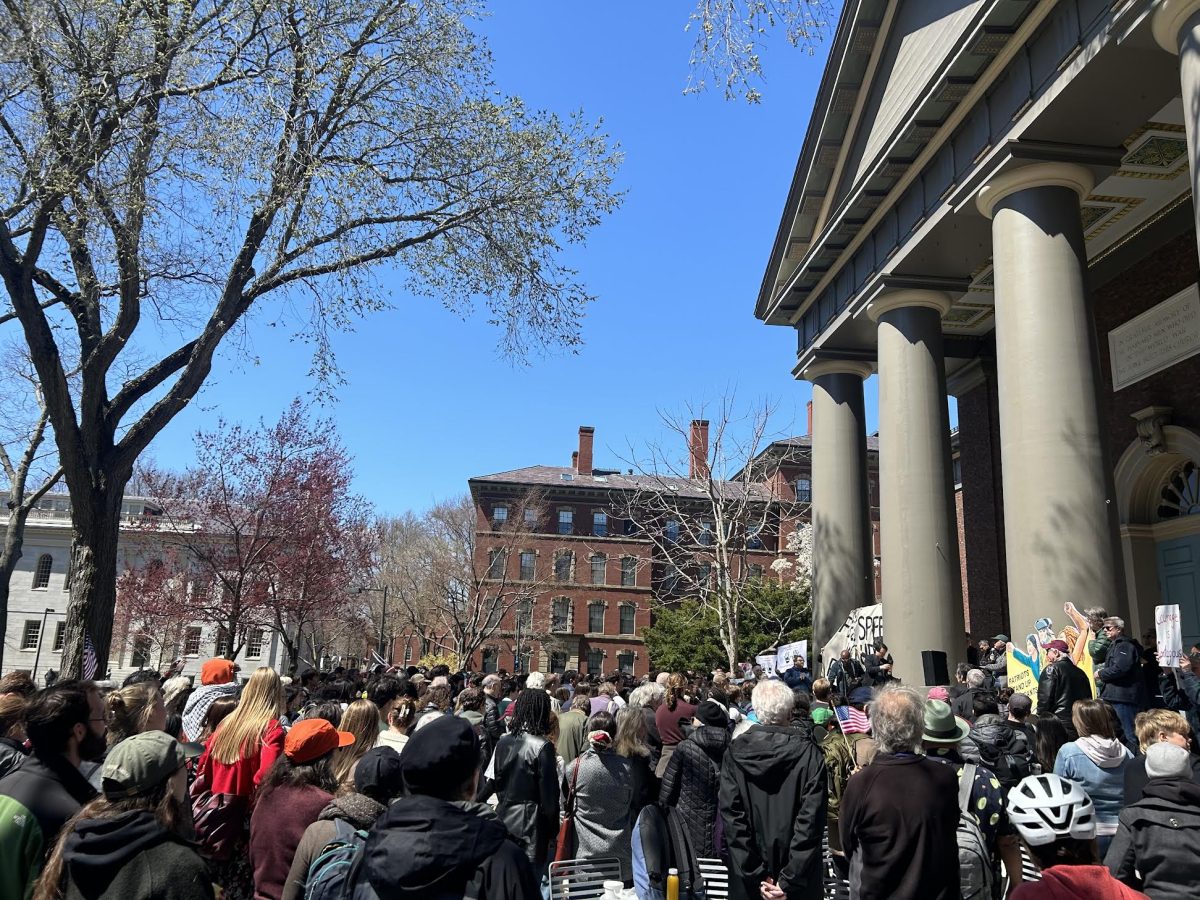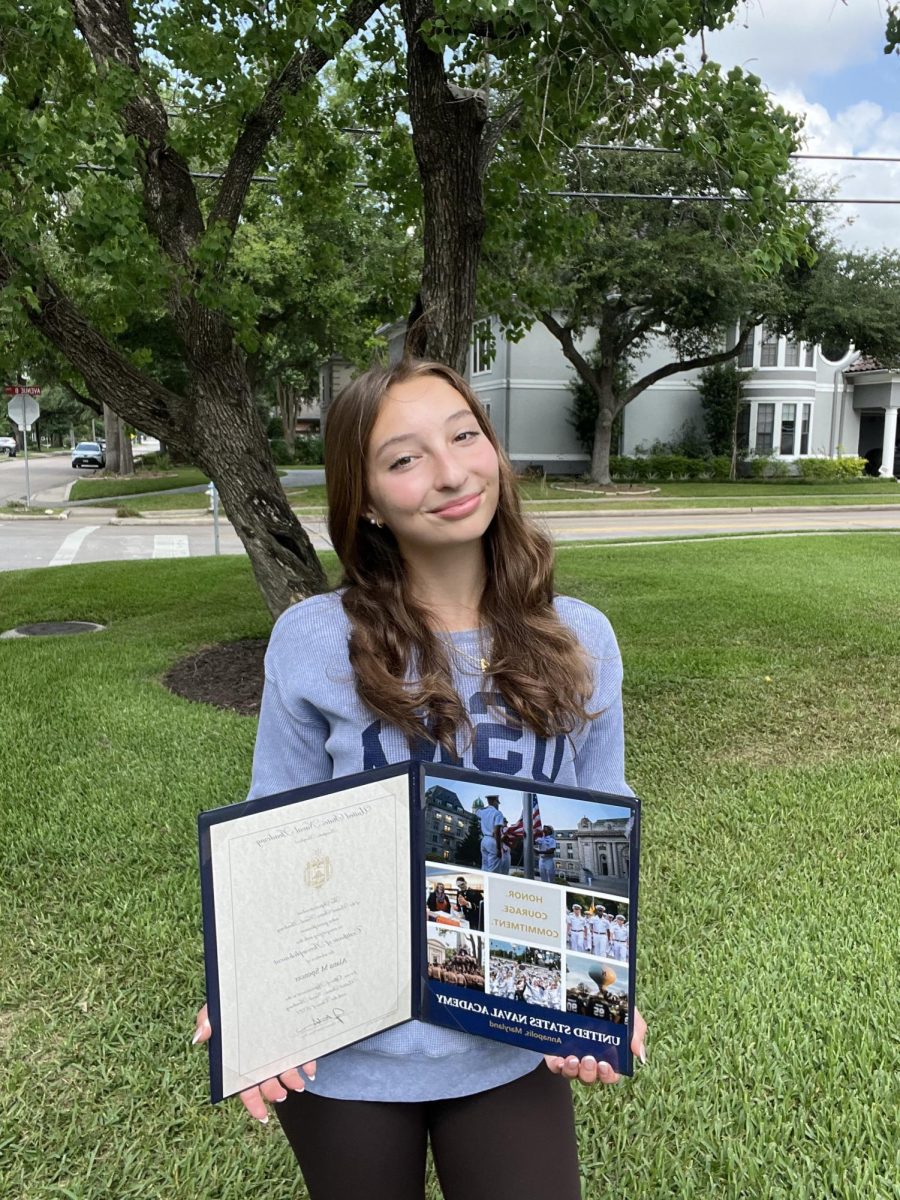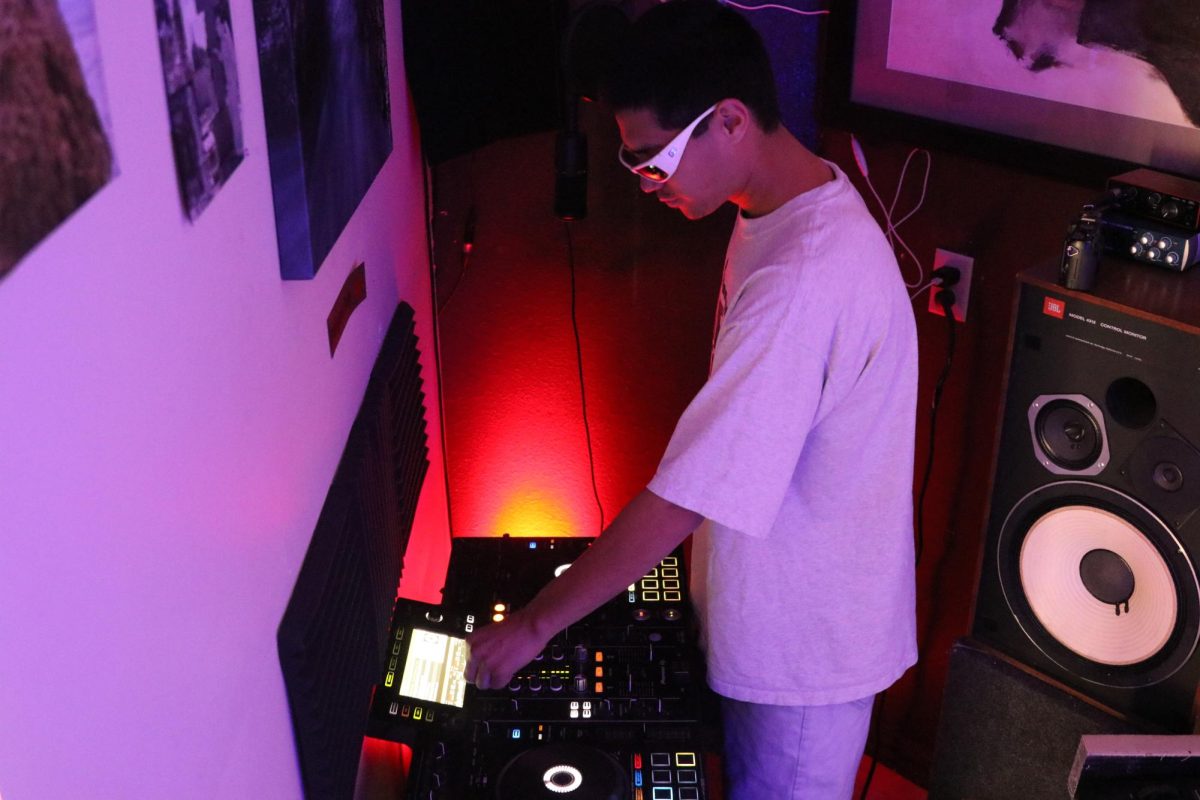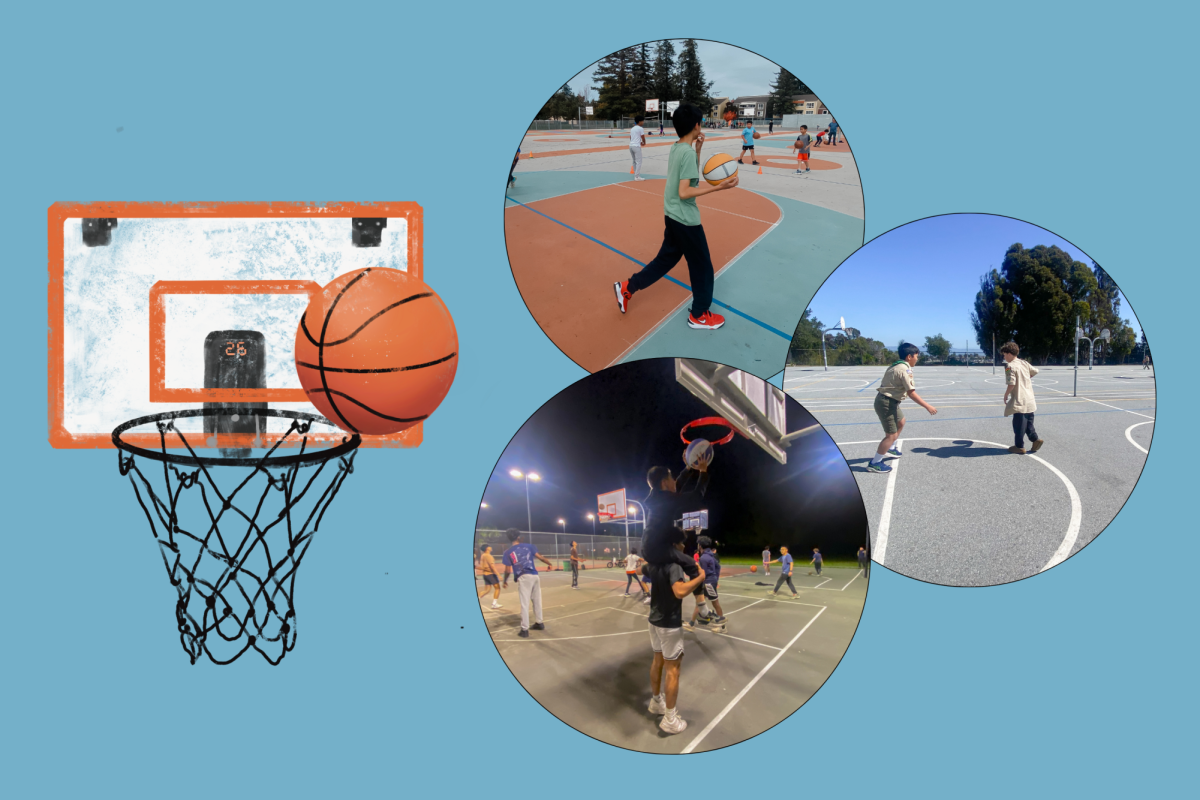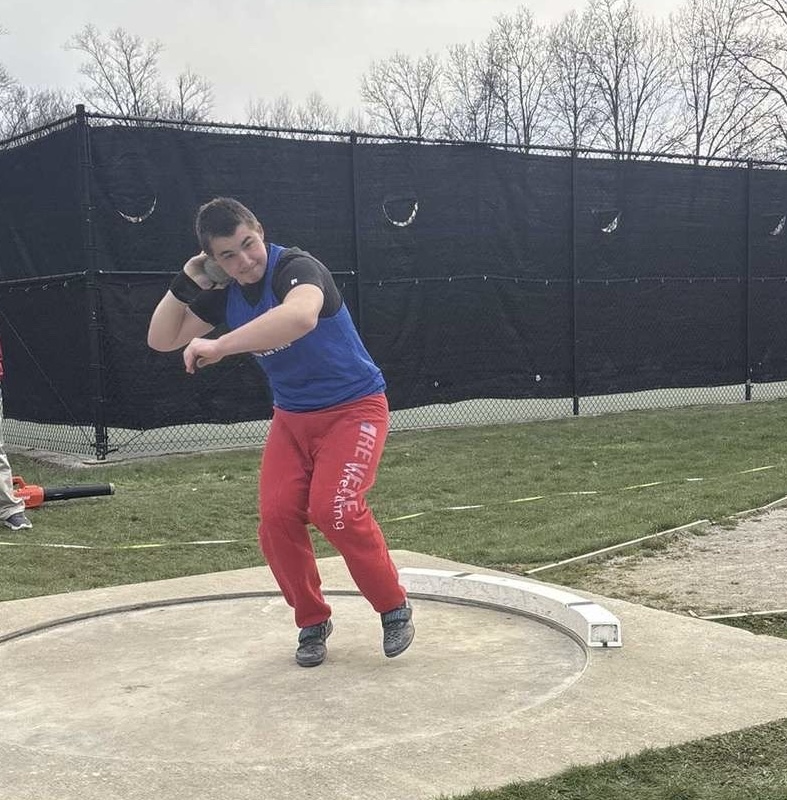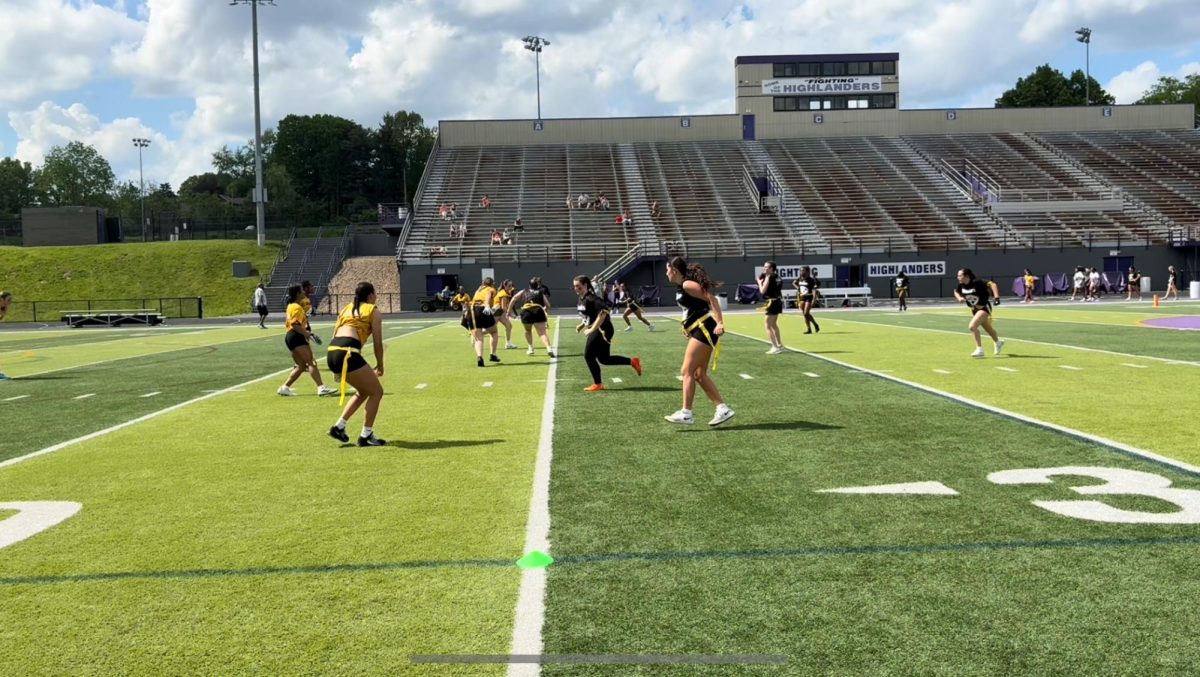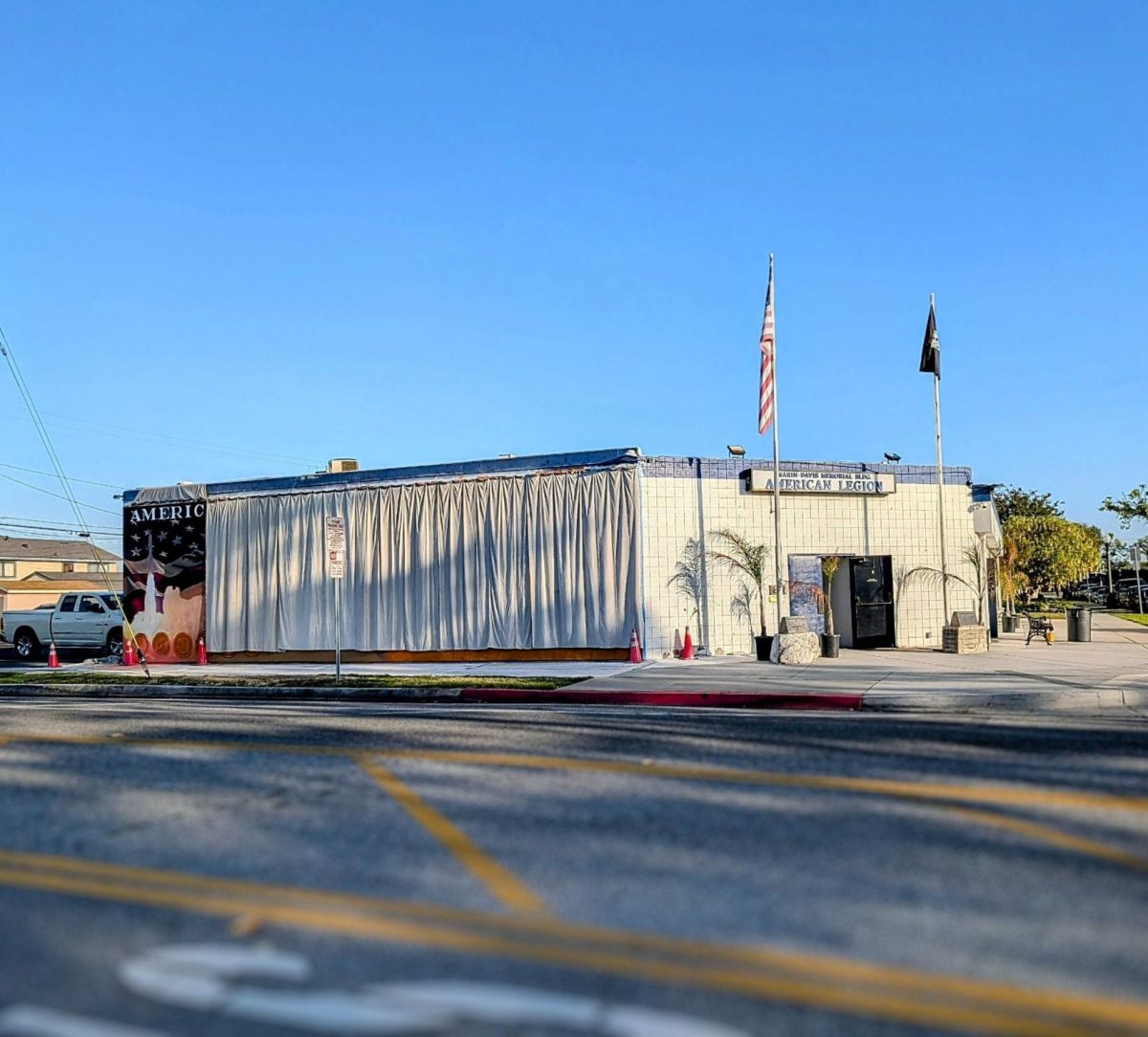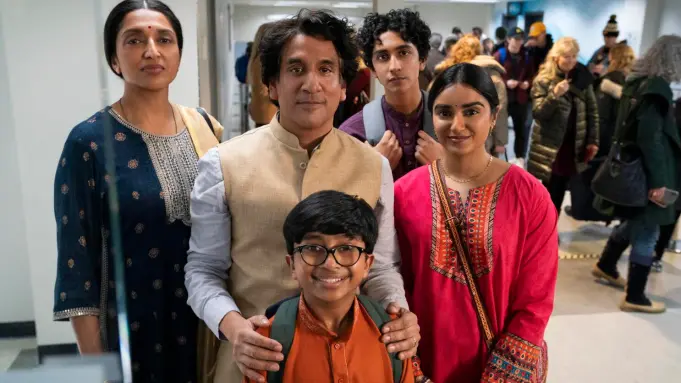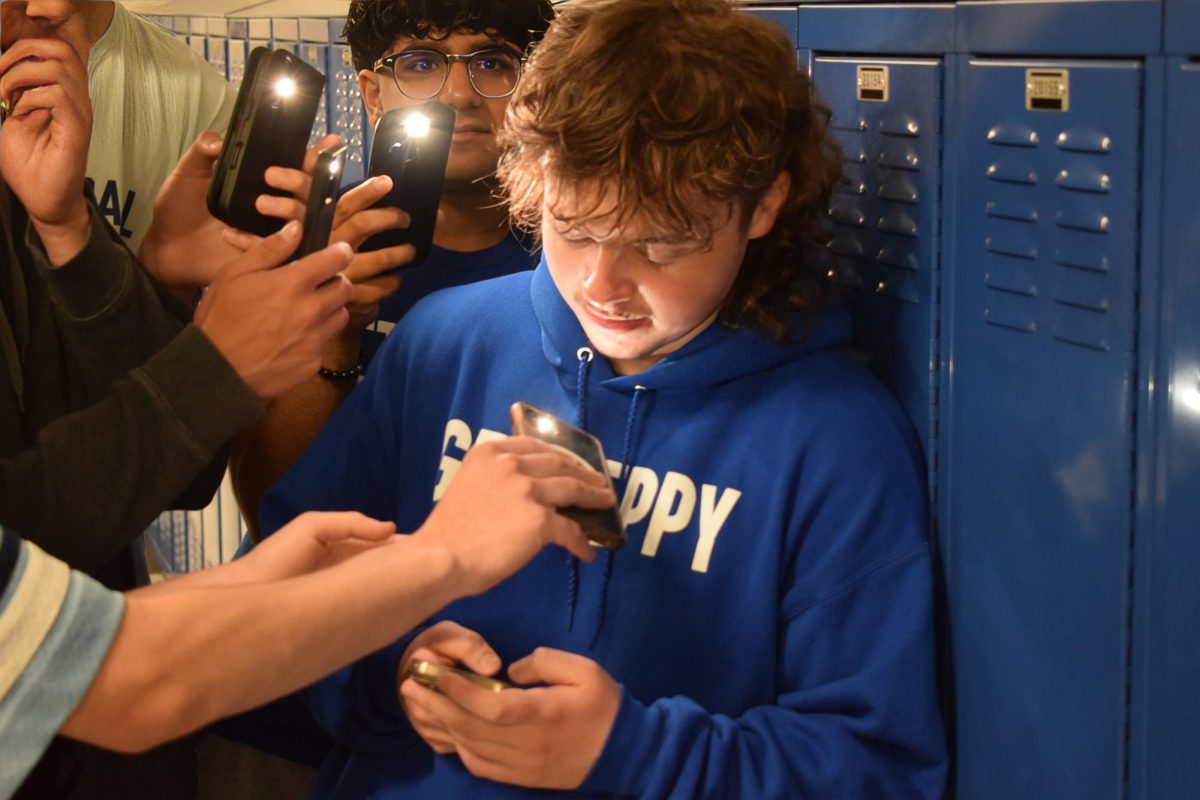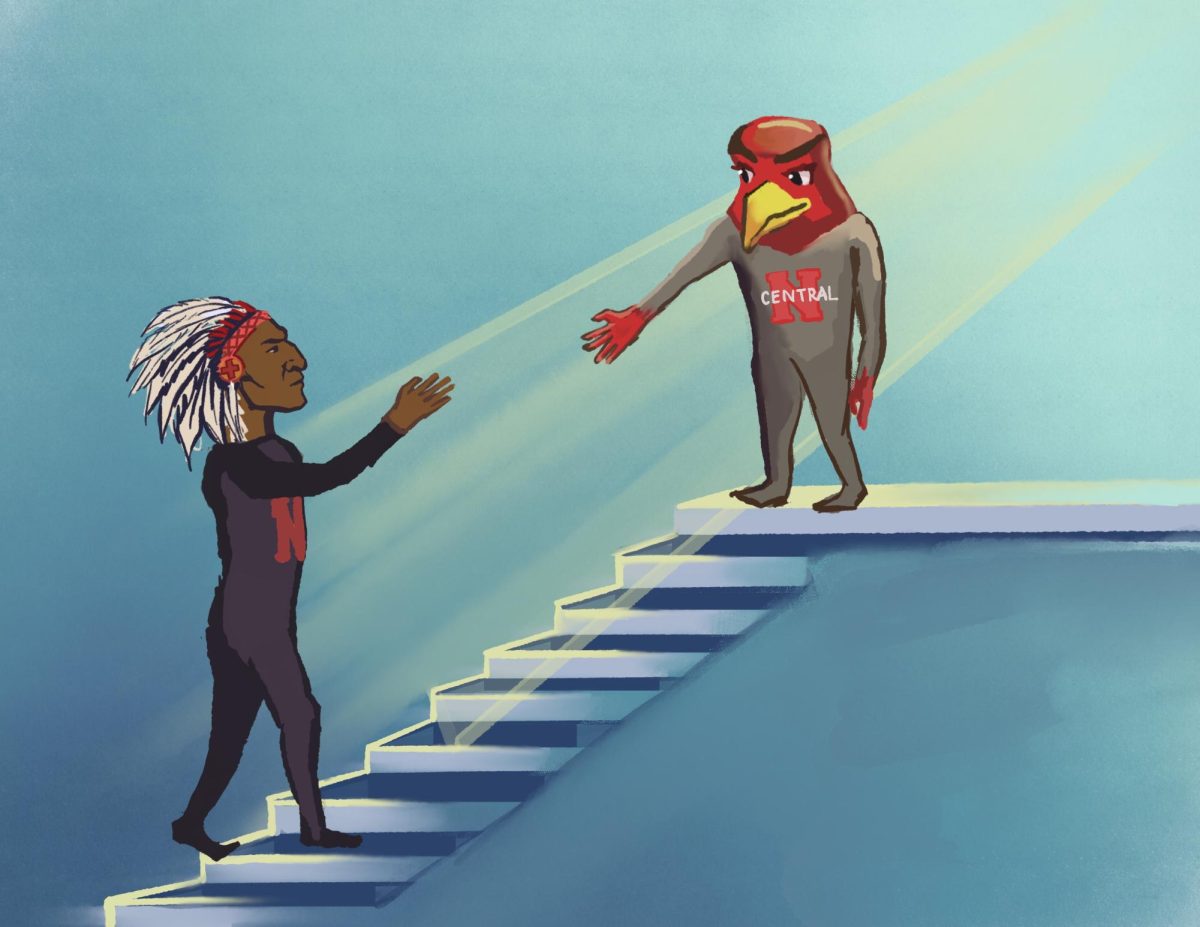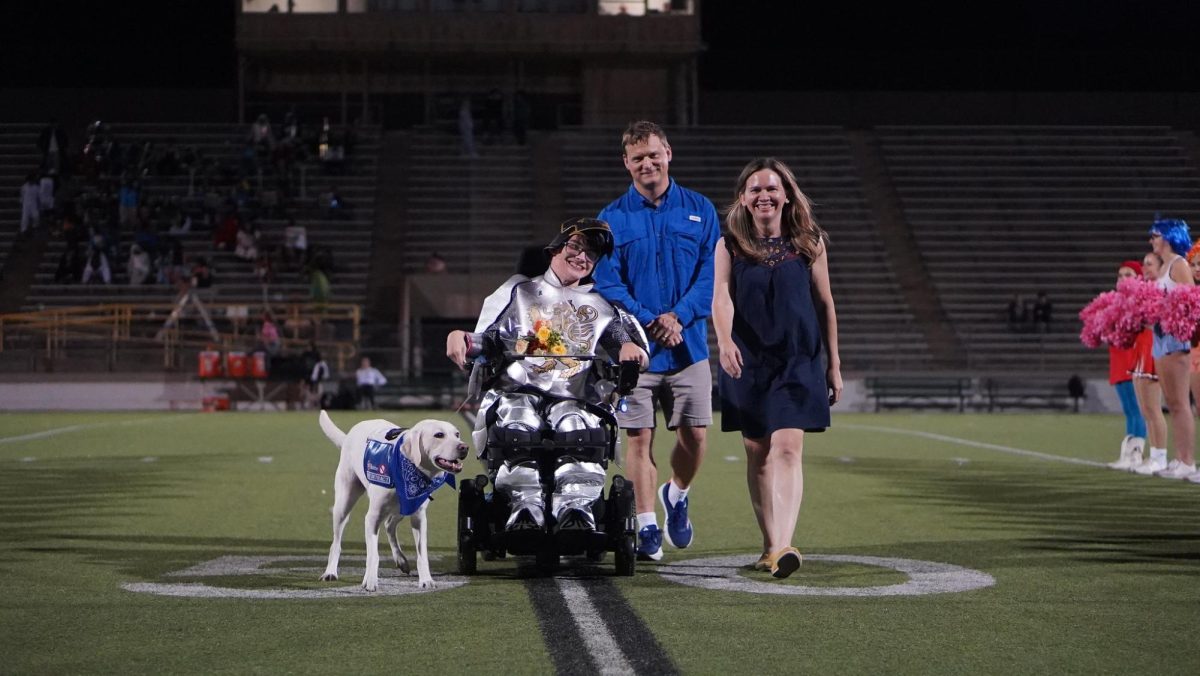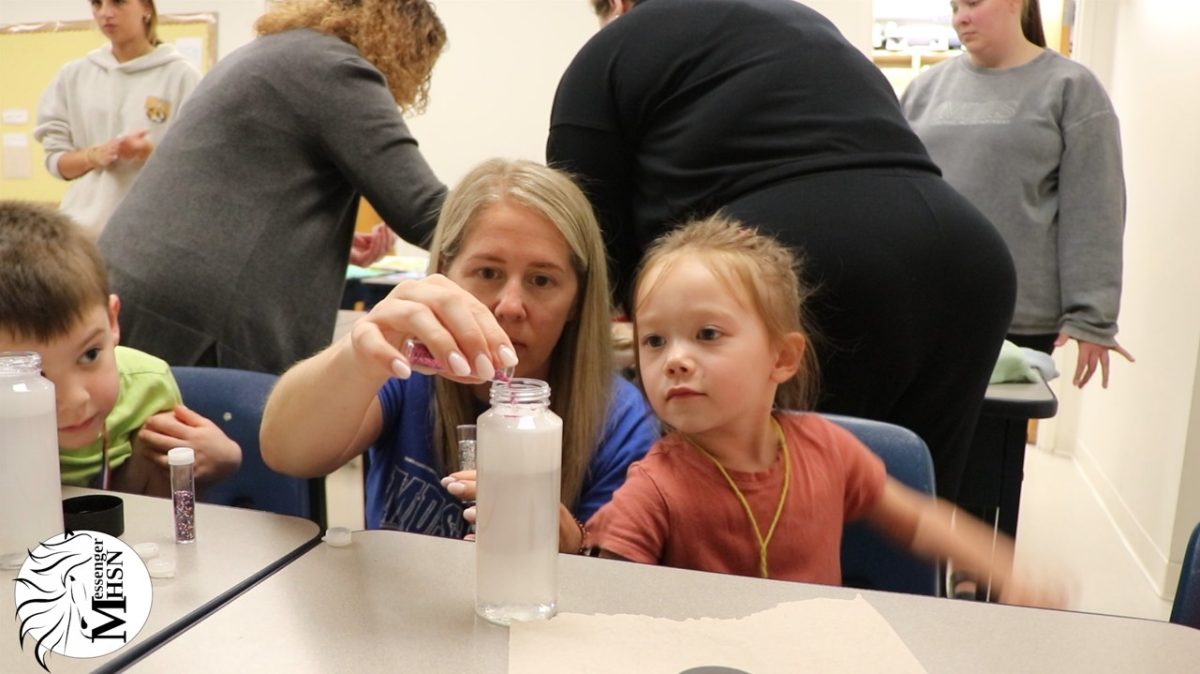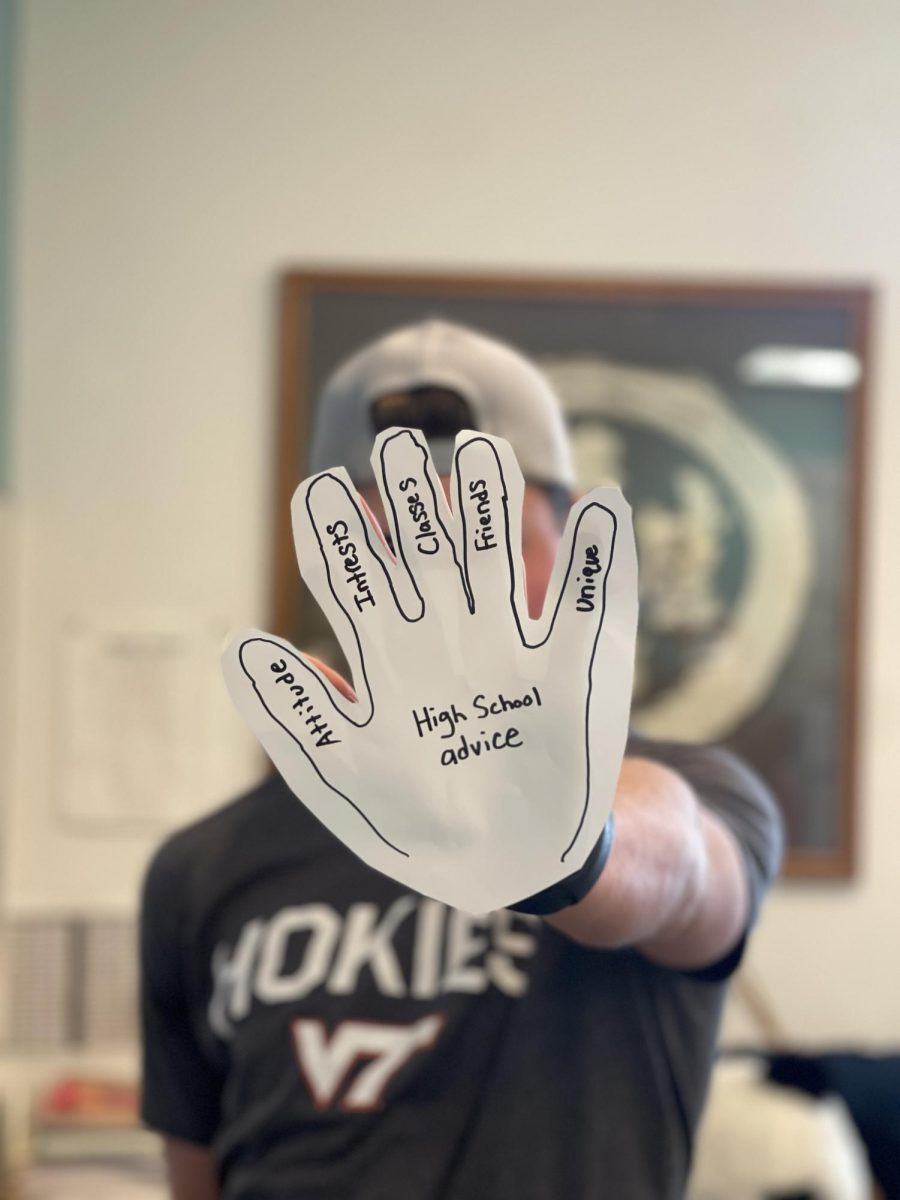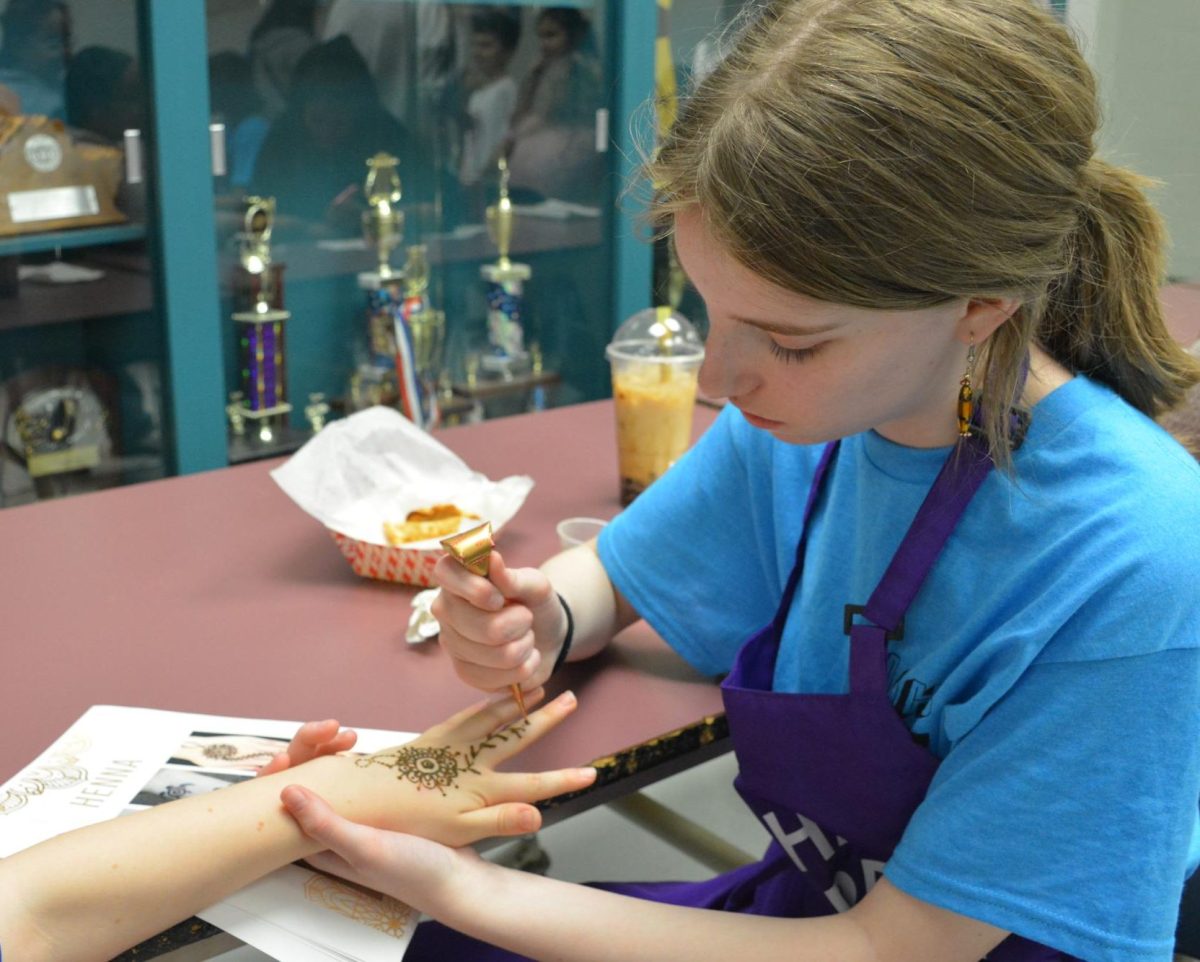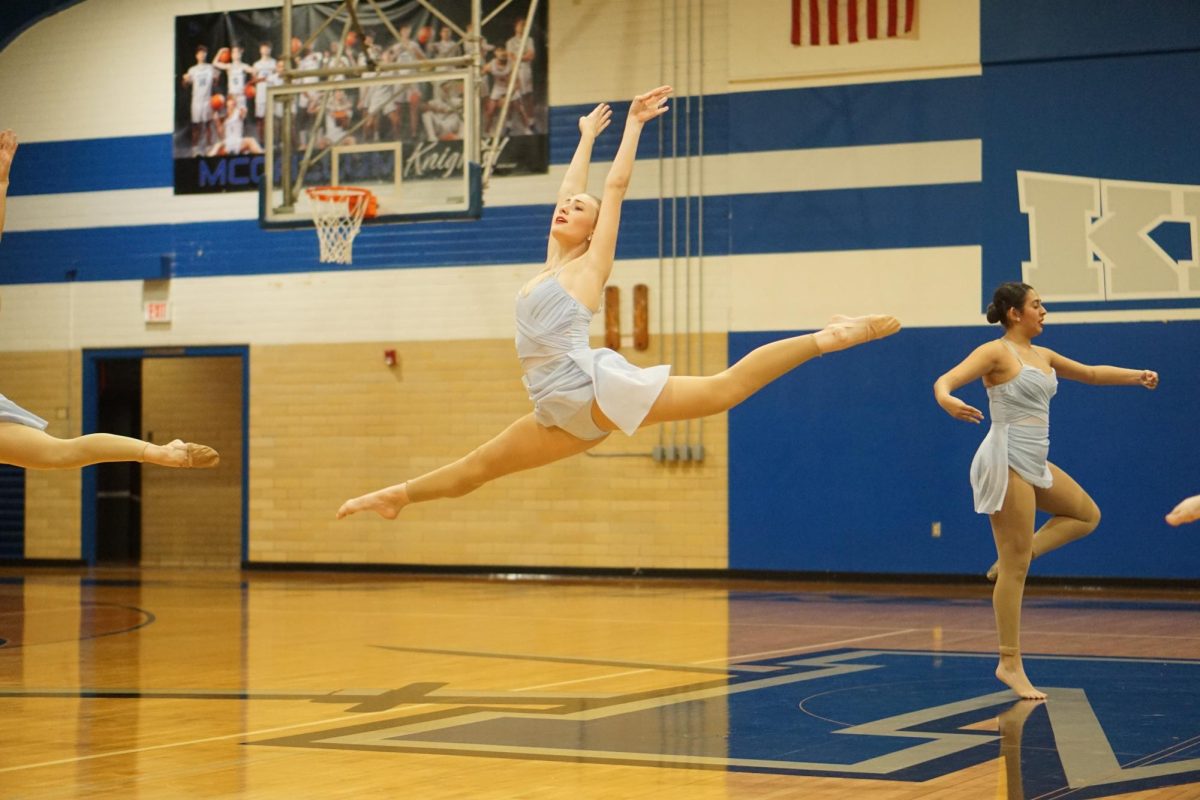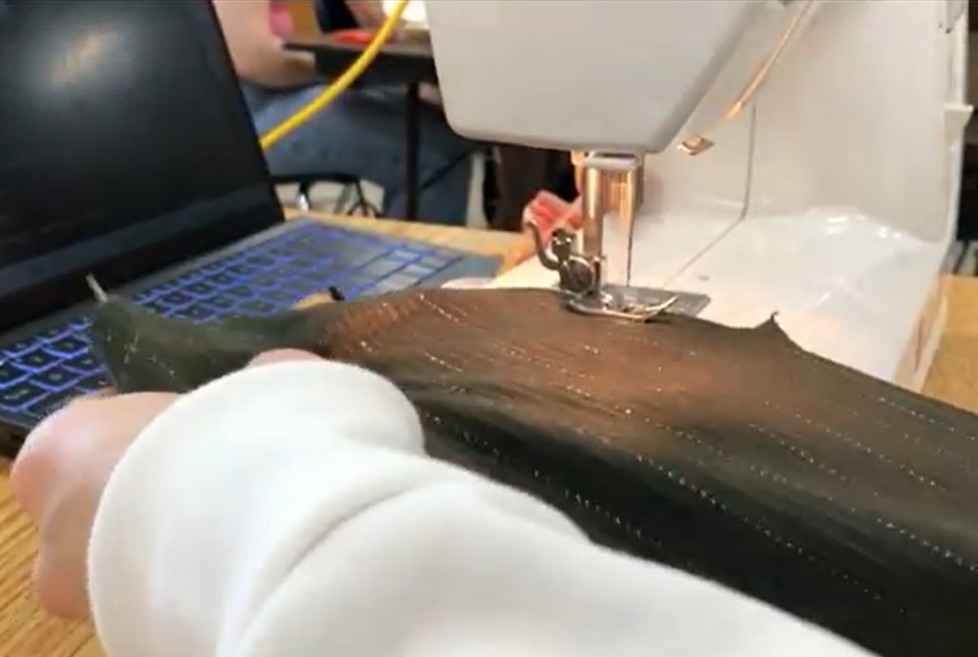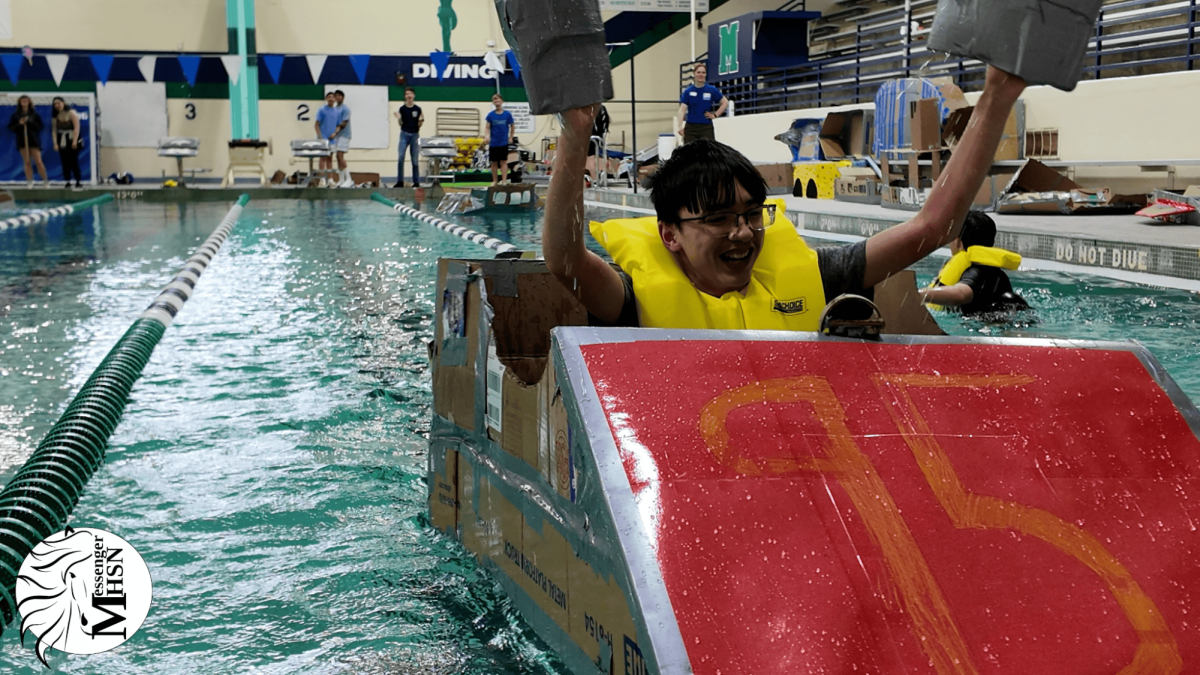Throughout history, women across the world fought for equal rights, whether it be for suffrage or equal pay. Their movements created significant change, and women have since gained representation in many career paths. However, some STEM subjects, such as engineering and computer science, remain heavily dominated by men.
According to a United States Census recorded in 2019, around 27% of employees in STEM careers are women. While that number has been gradually rising, it is expected to take decades for female representation to equal that of their male counterparts in the workspace. To address this deficit in the short term, many at Walnut Hills High School believe awareness needs to be spread about women in STEM careers and what it is like being a woman in a traditionally male field.
“If everybody comes to a problem with the same background, thoughts, experiences [and] mindset, you are not going to get as good of a solution,” Laurie Cotton, a STEM teacher and club advisor for the Junior Engineering Technical Society (JETS) engineering program, said. “[It is important] we have a diverse group of people, whether we’re talking about women in STEM or underrepresented minorities or cultural differences.”
However, encouraging women to pursue STEM careers is no easy task. As a minority in most STEM fields, it is common for women to face discrimination and bias.
“I worked for P&G [Procter and Gamble], and there were things that were odd,” Sandee Coats-Haan, the AP Physics teacher, said. “The town was [rooted in] go[ing] back to racial ideas that I had never even imagined existed, so that was shocking… then I came to Cincinnati to work at Ivory Dale, the flagship [P&G location, and] there wasn’t even a [women’s] bathroom in my department.”
The vast gender gap is a large factor as to why women choose to avoid STEM careers. It can be uncomfortable to walk into a room and be the only woman surrounded by others who may not take your ideas at face value.
“People want to be around people [like] them,” Ella McFarland, ‘25, said. “If [you are] just going to be around men who will sometimes not accept your ideas, then you want to find something else to do so that you’ll [be appreciated].”
Another obstacle that persists is the patriarchal hierarchy and societal norms that still continue to exist today, although they are less common than they once were. According to Cotton, women often face more pressure to undertake domestic tasks, which can make it difficult to pursue time-consuming STEM careers.
“We as a culture don’t have the best systems in place to support families and so a lot of family responsibilities, when it comes down to it, are more likely to fall on women than they are on men,” Cotton said. “I think that makes it harder for women to be in career fields that are male-dominated [and] are often very demanding with time.”
These global gender disparities are reflected at WHHS on a smaller scale. According to data collected by Coats-Haan, in AP Physics C, there is currently a 39% to 61% gender ratio; in AP Physics 2, a 31% to 69% ratio; and in Coats-Haan’s AP Physics 1 class, a 23% to 77% ratio, with women being in the minority in all classes.
Similar to the solutions being presented worldwide, WHHS has created STEM clubs and promotes equal achievement in STEM subjects throughout the school. One such club is JETS, which focuses on collaboration through timed builds, multiple-choice tests and essays based on engineering fundamentals. Bridging the gender gap has been a large focus of the club for the past few years, and this year, the number of female students in the club tripled from last year.
“I’ve seen some really great leadership growth in different leadership teams over the last few years, and [recruiting girls] has absolutely been a priority this year, especially [with] a couple of girls who… have been recruiting hard, but… it’s not all up to them; the boys are awesome [at recruiting] too,” Cotton said.
Another organization focused on women in STEM is the Society of Women in Engineering [SWE-NEXT]. This is an international organization at hundreds of high schools globally with the intention of introducing women to engineering before college.
“We’ve had speakers come in and talk about different engineering disciplines; we’re trying to get more outreach to younger students to get them involved… and we’re doing some research projects right now in various engineering disciplines,” Ella Griffin, ‘25, a member of SWE-NEXT, said.
SWE-NEXT’s goal is to create a STEM club that female students don’t feel intimidated to join. Being in a room filled with other women who want to pursue similar careers gives them the confidence to expand more into their careers and join more male-dominated clubs such as JETS.
“I think people have a lot of presumptions about engineering, or even the clubs at school, like what the environments are like, and so it might be intimidating for girls to join,” Huda Khan, ‘25, a member of SWE-NEXT, said. “I definitely just want them to have a clear understanding of the environments of the [STEM] activities we have here at school, and how they’re a lot more welcoming than they may perceive.”
Clubs such as JETS and SWE-NEXT aim to take larger steps towards gender equality, but after the inauguration of President Donald Trump, some schools have been threatened to end diversity programs or be denied federal aid. In response, the Department of Education created a website allowing the public to report DEI activity in public schools.
“The presidential administration has [forced West Point Military Academy]… to disband their Black Engineers association and their Society of Women Engineers association,” Coats-Haan said. “On the Department of Education [website], there’s a link to a website where you can report [people] doing what are so-called ‘divisive’ things.”
However, more and more people today are recognizing the importance of addressing such large gender disparities in STEM careers. Women’s organizations and online platforms have pushed for change, and their efforts have made a difference in fields that women only began to enter half a century ago.
“Already there are so many girls pursuing careers in medicine, biology [and chemistry],” Griffin said. “Even this year with college applications, I’ve seen so many more girls pursuing engineering, which is just awesome to see.”
This story was originally published on The Chatterbox on March 31, 2025.

